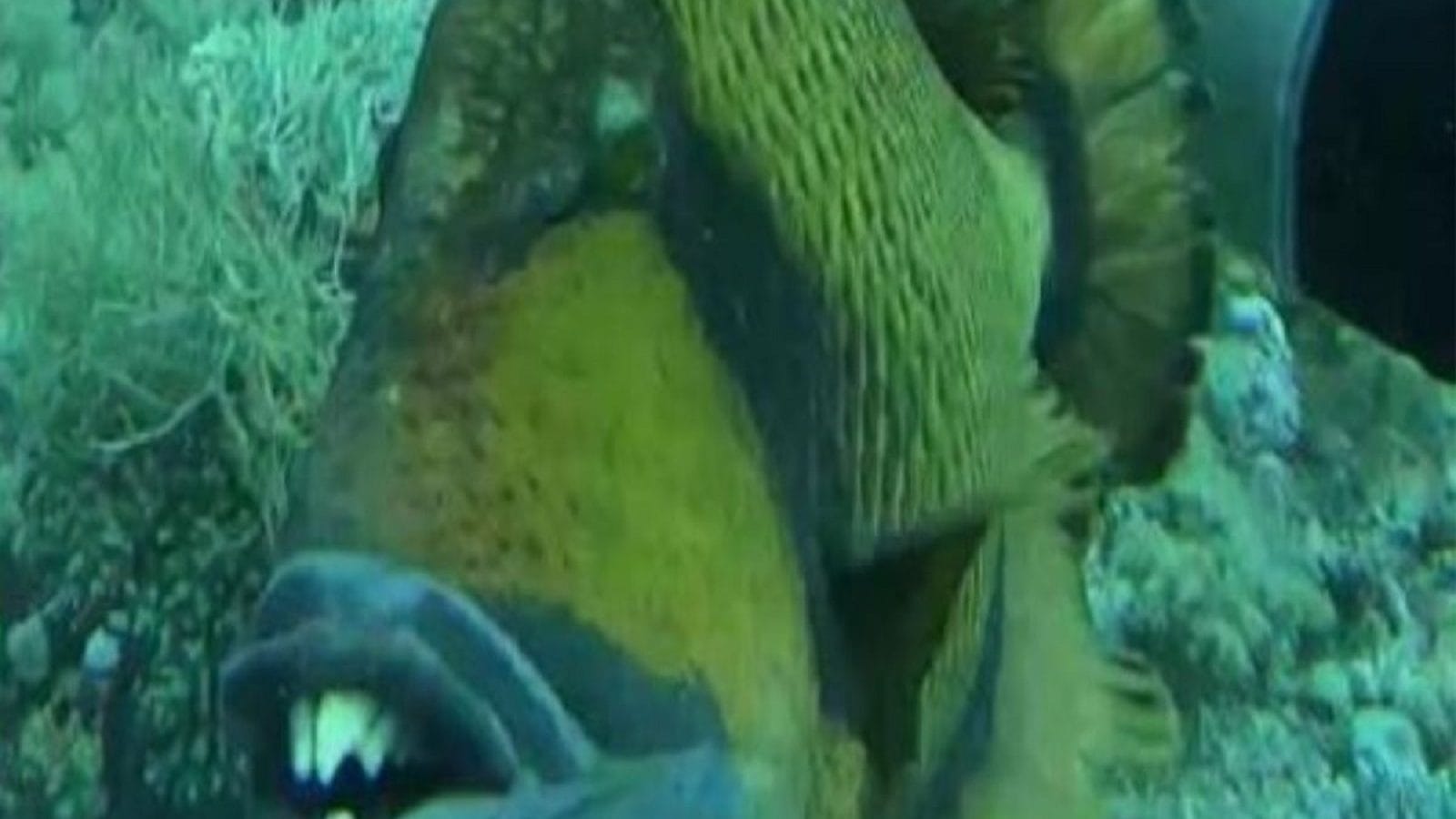A Closer Look at Triggerfish Teeth
Ever wonder what lurks beneath the surface of a coral reef? Prepare to be amazed by triggerfish – specifically, their teeth! These aren’t your average fish teeth; they’re more like a set of underwater tools designed for crushing. Imagine the strength to crack open the toughest shells in the ocean!
Their front teeth, similar to chisels, pry open stubborn shells, while powerful molars grind those shells into bite-sized snacks. This unique dental structure allows triggerfish to enjoy a diverse menu of crunchy crustaceans, armored mollusks, and even spiky sea urchins.
But their teeth aren’t just for eating. These chompers serve as a powerful defense mechanism, deterring predators with a single, formidable bite. Think of them as the feisty protectors of the reef.
The diversity in triggerfish teeth offers a glimpse into the wonders of evolution. Each species boasts teeth perfectly tailored to their lifestyle and diet. For instance, the bright blue teeth of a reef triggerfish differ greatly from the massive chompers of a Titan triggerfish, yet both are ideally suited for their respective niches.
So, the next time you’re captivated by the beauty of a coral reef, remember the triggerfish. Their powerful teeth stand as a testament to the ingenious adaptations found in the natural world.
Does a Triggerfish Bite Hurt?
You’ve heard about triggerfish and their powerful bite, but how much does it actually hurt? Let’s just say, you don’t want to experience it firsthand! Their vibrant colors and quirky personalities belie a surprisingly strong set of chompers.
Consider their diet: crabs, clams, and other hard-shelled creatures that require significant force to crack open. Triggerfish jaws and teeth are built for this very purpose! Though not typically aggressive towards humans, a triggerfish bite can definitely leave a mark – and not a pleasant one.
Imagine a sharp, piercing pain as their teeth sink in, followed by intense pressure from their powerful jaws. Not exactly the ideal beach day, right? While unlikely to be life-threatening, you’re looking at puncture wounds, cuts, and some impressive bruising.
It’s important to remember that triggerfish aren’t out to get us. Most bites occur when humans get too close, particularly near their nests during nesting season. Think of it as a matter of personal space.
Should you find yourself on the receiving end of a triggerfish’s displeasure, clean the wound thoroughly with soap and water. Stop any bleeding and seek medical attention if you have concerns.
However, the best way to handle a triggerfish bite is to avoid it altogether! Give them space, admire them from a distance, and resist the urge to chase or touch them. If you notice fin flaring or head-butting, consider it your cue to back off. Respect their home, and they’ll likely let you enjoy yours!
Why Can’t You Eat Triggerfish?
Triggerfish may boast striking looks and impressive chompers, but can you eat them? That’s where things get a bit more complicated. These fish might be packing more than just muscle under their scales—they could be harboring ciguatera poisoning.
Here’s the breakdown: coral reefs, the preferred hangout spot for triggerfish, are home to tiny algae that produce ciguatoxins. While these toxins are harmless to the small fish that feed on the algae, triggerfish, being predators, consume these smaller fish. The problem is that ciguatoxins don’t disappear—they accumulate in the triggerfish’s body over time. So, the bigger and older the triggerfish, the more likely it is to contain high levels of ciguatoxins.
You might be thinking, “But I’ve heard of people eating triggerfish!” And you’d be right. It’s considered a delicacy in some regions. The key is minimizing the risk.
Choosing smaller, younger triggerfish is a good strategy, as they’ve had less time to accumulate ciguatoxins. But why take the risk at all?
Ciguatera poisoning is no joke. Symptoms range from nausea, vomiting, and diarrhea to more serious neurological issues. While very rare, fatalities have been reported.
While triggerfish might seem like a tasty treat, caution is key. Be aware of the risks, make informed choices, and when in doubt, opt for a different fish. After all, there’s plenty of other delicious seafood in the sea!
Are Triggerfish Aggressive?
Triggerfish have a reputation for having a bit of a temper. It’s true; they’re known to be protective of their space, especially when raising a family. Think of a mama bear guarding her cubs – you wouldn’t want to get too close!
These fish are built for defense! Their powerful jaws crush shells with ease, and their teeth are as sharp as chisels. They even have a special dorsal spine that pops up and locks into place, making them appear larger and more intimidating. Talk about a built-in suit of armor!
When a triggerfish feels threatened, they have a few tricks up their fin. They might charge directly at the perceived threat, attempting to land a bite with those powerful jaws. Or, they might dart and weave through the water, making themselves difficult to follow. Some species, like the Picasso Triggerfish, are incredibly protective of their nests. Approaching one guarding its young could lead to an unpleasant encounter.
However, triggerfish aren’t inherently aggressive. Their behavior is primarily driven by self-defense. They aren’t actively seeking to fight humans, but they will defend their home and young if they feel threatened.
The key to a peaceful encounter is understanding and respecting their space. Just like humans, triggerfish appreciate boundaries. Observe them from a safe distance, avoid approaching their nests, and admire these fascinating creatures without disrupting their lives.
Ready to meet some other fascinating creatures? Check out our tokay geckos for sale and vampire crabs for sale!
















